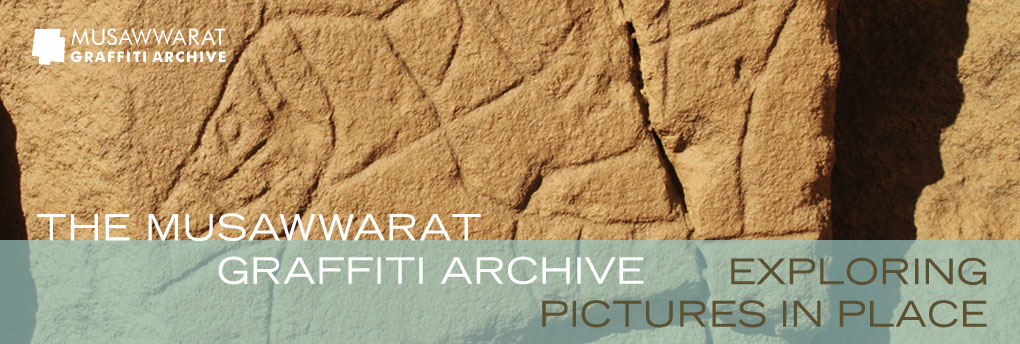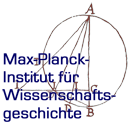Descriptive Recording
The Musawwarat Graffiti Project uses standardised block sheets for the descriptive and initial graphic documentation of each block and its graffiti. Information is collected about the block and its surface, such as wall, row and block sequence numbers, position on the wall, measurements, orientation and exposure to the sun, state of preservation, and surface colour. Evidence of surface treatment is also noted, such as chisel or polishing traces from the building process. All visible artificial lines are sketched in their relative positions to each other and all identifiable graffiti entities are colour-coded and numbered. Each numbered graffiti entity is described as follows: measurements of the graffito (height, width), technique(s), line characteristics and line measurements (width, depth), relations of superimposition (over or under other graffiti), juxtapositions (created during one or several ‘marking events’), and state of preservation.
In the process of defining graffiti entities and recording superimposition and juxtaposition evidence, project members harvest maximum information by successively ‘building up’ the descriptive on-site block documentation under various indirect and direct lighting conditions. The definition of graffiti entities is easiest in the shadow, as colour and other line differences are better visible in ‘soft’ light. Very shallow lines, in contrast, are best visible in raking light, when hard shadows are created. Lines that are (barely) visible but that do not appear to form an ‘entity’ are considered as ‘indistinct lines’. They are included in the sketch of the block surface on the block sheets, but they are not described in detail or numbered.
Text: Cornelia Kleinitz (2014)






